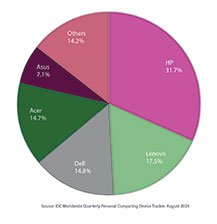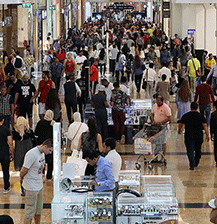Cyber attacks against NATO countries intensify as Russia-Ukraine war endures: Check Point Research
Digital Edge Bureau 24 Feb, 2023 0 comment(s)
Since September 2022, the focus of cyber-attacks have intensified on NATO countries
Ever since, the Russia-Ukraine war has erupted on 24th February, 2022, instances of cyber attacks unleashed against each picked definitive momentum. However, post September 2022, the focus of likely cyber attacks by Russia & its allies shifted from Ukraine per se to NATO countries as a whole. The growing strategic closeness of Ukraine and NATO probably antagonized the Russian block into targeting intensely their foes’ digital assets and critical infrastructure. This has been revealed by Check Point Research (CPR), which in its just published report says that September 2022 marked as a turning point for cyber-attacks related to the Russia-Ukraine war.
“We see a change in the direction of cyber-attacks at a specific point during the war. Starting the third quarter of 2022, we see a decline in the attacks against Ukraine, while also seeing increases in the attacks against certain NATO countries. We see the deployed efforts especially against specific NATO countries that are more hostile to Russia. Some of those attacks are malware attacks, and some of those are focused on information operations around specific political, geo-political and military events,” says Sergey Shykevich, Threat Intelligence Group Manager, Check Point Research.
The report suggests that since September 2022, the weekly cyber attacks against Ukraine decreased by 44 percent, while cyber attacks against NATO countries increased by nearly 57 percent in some cases. The CPR report lists wipers, multi-pronged attacks and hacktivism as key trends and forces as factors in the pivot.
The CPR noticed a difference in cyber attacks when comparing the periods of March – September 2022 and October 2022 – February 2023. Cyber attacks against Ukraine decreased, while cyber attacks against NATO countries increased sharply.
High-Lights:
- Cyber attacks against Russia saw a steady increase of 9 percent since September 2022
- Estonia, Poland and Denmark saw increases of 57 percent, 31 percent, and 31 percent, respectively
- UK and the US saw increases of 11 percent and 6 percent, respectively






























































